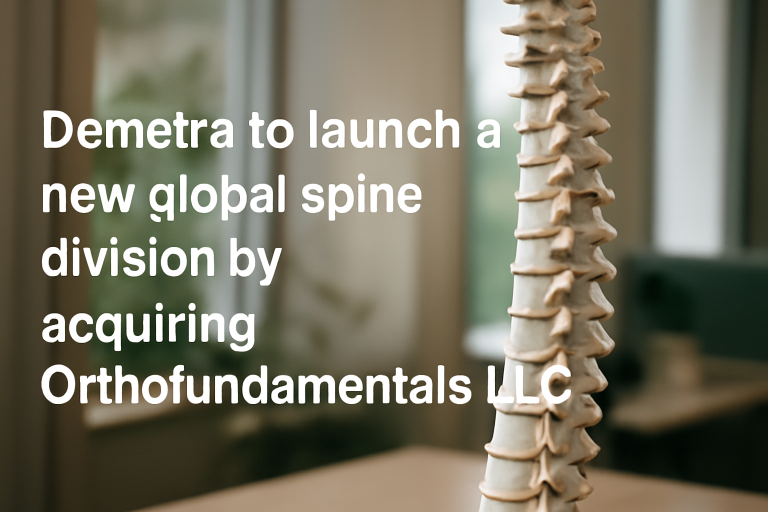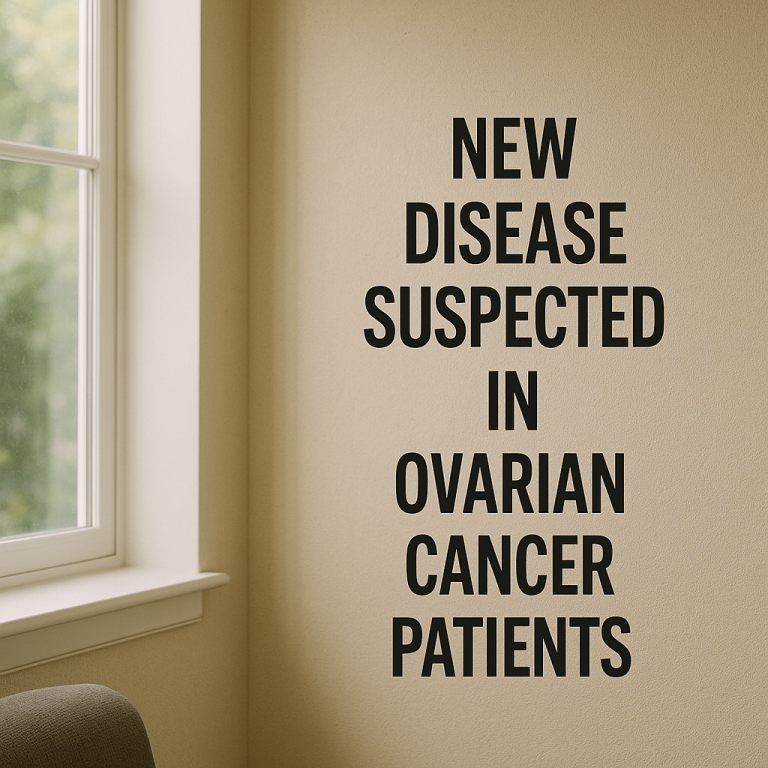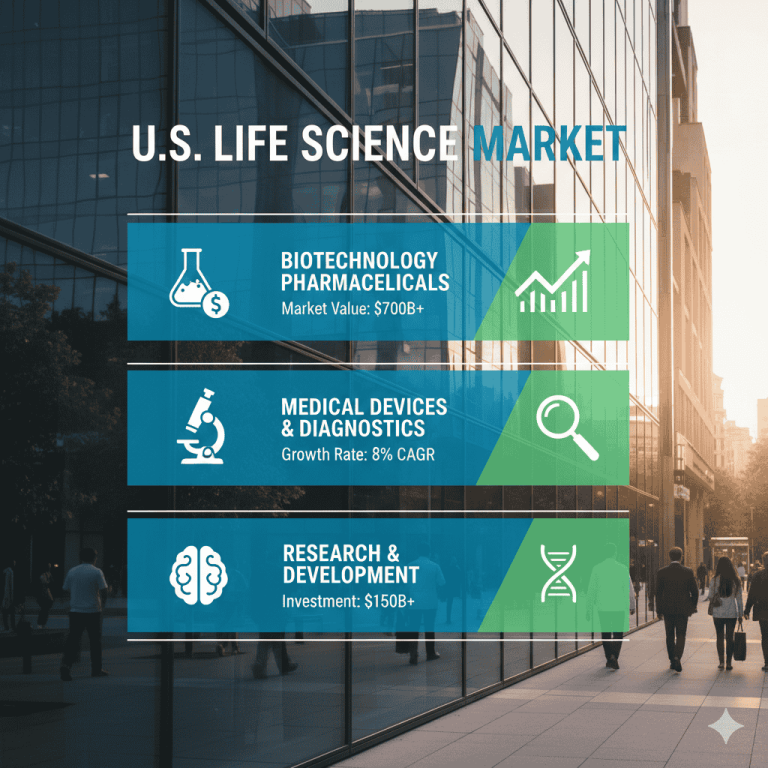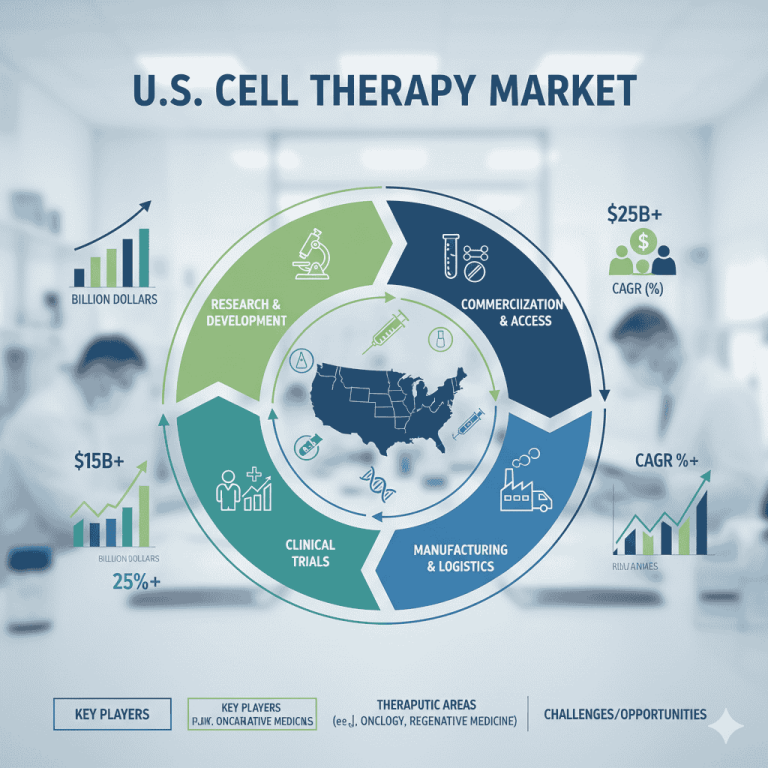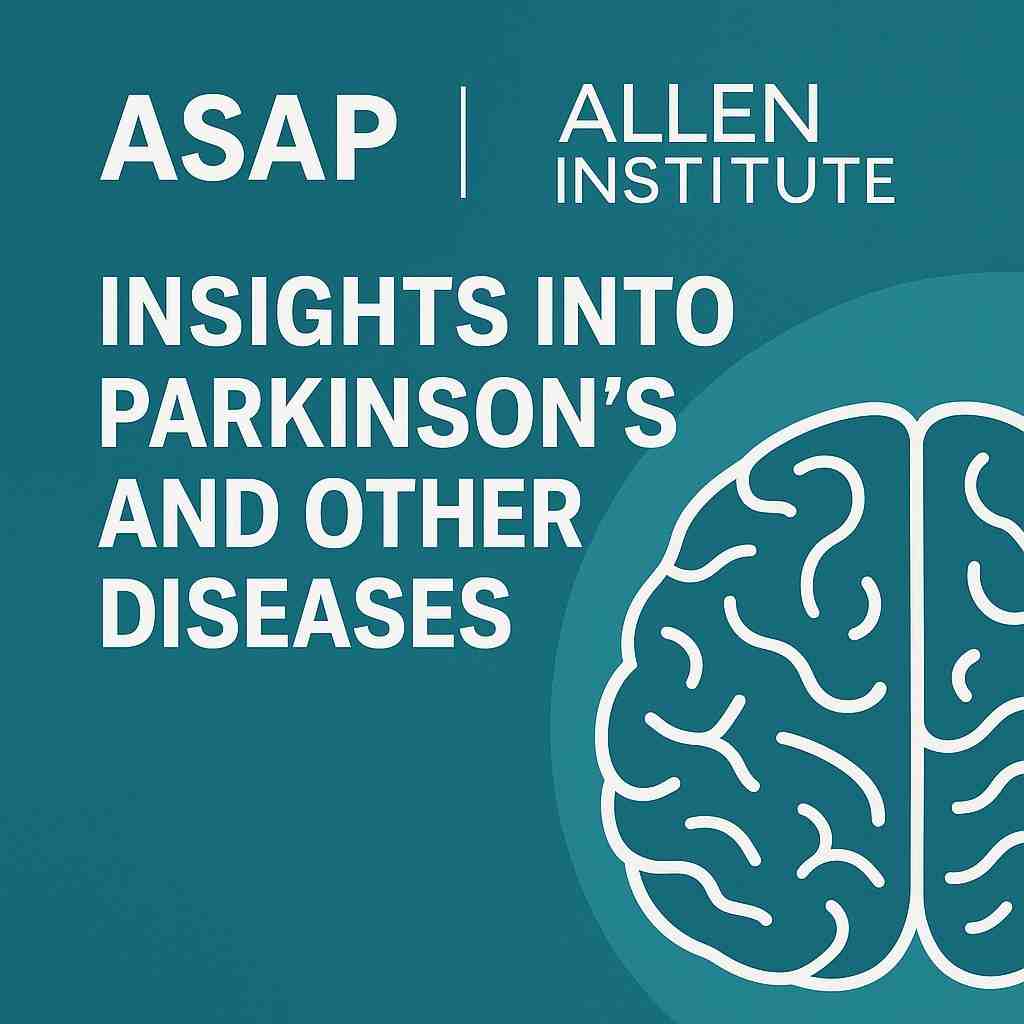
The Allen Institute and the Aligning Science Across Parkinson’s (ASAP) initiative have teamed up in a groundbreaking effort to advance our understanding of Parkinson’s disease and other neurodegenerative disorders. At the heart of this collaboration is the Allen Brain Cell (ABC) Atlas visualization tool a state-of-the-art platform that integrates data from millions of human brain cells, offering researchers an unprecedented view of the brain at cellular resolution.
Through this partnership, ASAP’s Collaborative Research Network (CRN) is contributing data from 3 million human cells across 9 brain regions from individuals with Parkinson’s disease. Combined with the existing 6.4 million human cells already mapped in the ABC Atlas, this represents a 50% increase in data availability. Such an expansion promises to drive critical research and accelerate the development of more targeted and responsive treatment options for Parkinson’s disease.
🔗 A New Era of Collaboration and Data Sharing
This collaboration marks the first-ever integration of Parkinson’s patient data into the ABC Atlas, creating a unified framework for researchers worldwide. By standardizing brain cell data and using a common language for cell types, Allen Institute and ASAP are setting a new benchmark for scientific cooperation.
ASAP, in collaboration with the Michael J. Fox Foundation for Parkinson’s Research (MJFF), is supporting these efforts to ensure that the scientific community can leverage this data to explore disease-related changes in specific brain cell types.
Additionally, the NIH Brain Initiative Cell Atlas Network (BICAN) contributed by developing a comprehensive reference of human brain cell types—similar in ambition to the Human Genome Project. This builds on the legacy of the Seattle Alzheimer’s Disease Brain Cell Atlas (SEA-AD), which was the first disease-focused initiative to map vulnerable brain cell types in Alzheimer’s disease.
📊 Why This Matters for Parkinson’s Disease Research
Parkinson’s disease is the second most common neurodegenerative disorder worldwide, affecting over 10 million people—a number projected to rise sharply by 2040. However, progress in understanding the disease has been hampered by limited access to high-quality postmortem brain samples, which are critical for foundational neuroscience research.
These samples have already yielded landmark discoveries, such as identifying dopamine-producing neurons affected in Parkinson’s a breakthrough that paved the way for dopamine replacement therapies like L-dopa. By expanding access to brain cell data, the collaboration aims to uncover new biomarkers and therapeutic targets, potentially transforming how Parkinson’s and similar diseases are diagnosed and treated.
Request a customized case study tailored to your business needs and gain deeper insights into healthcare market strategies: sales@towardshealthcare.com


